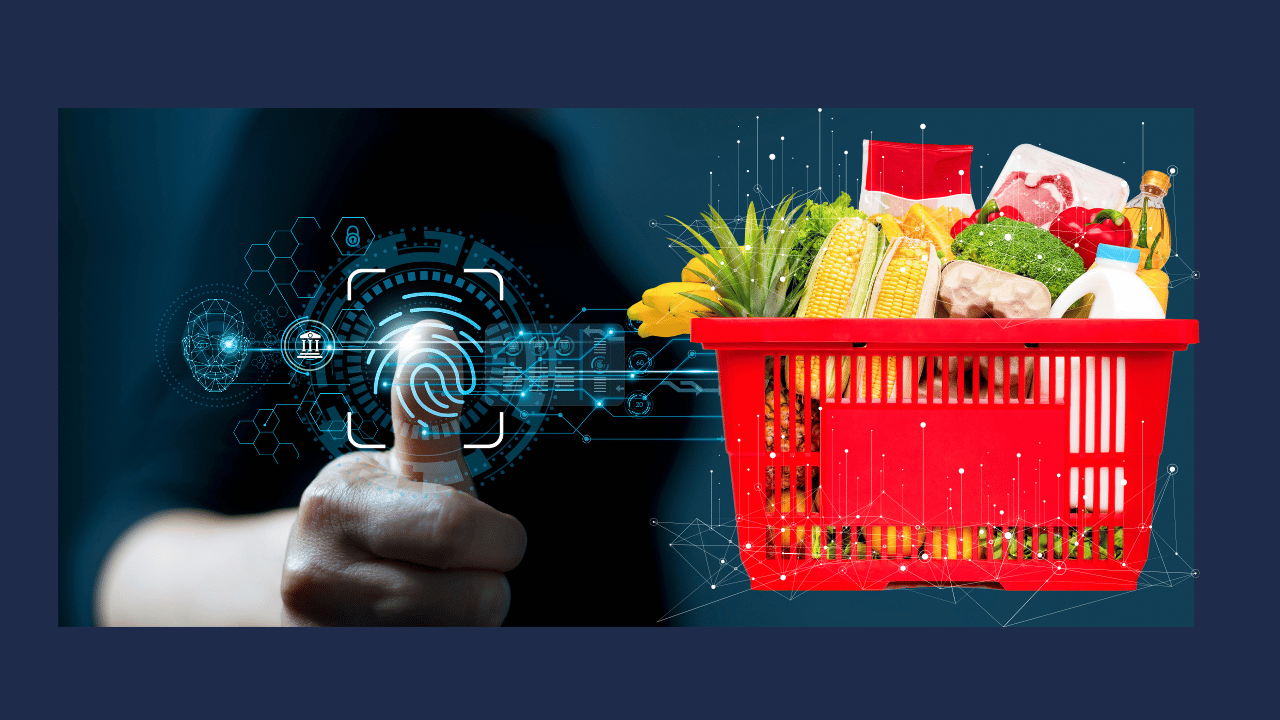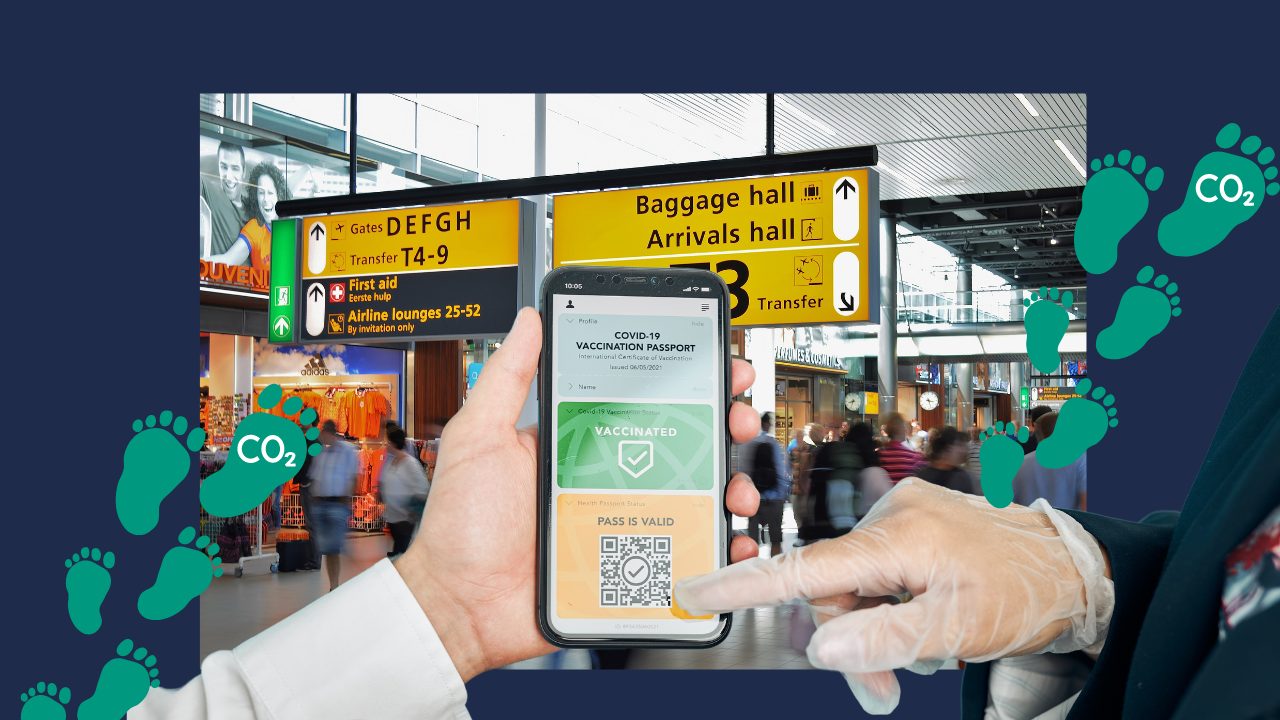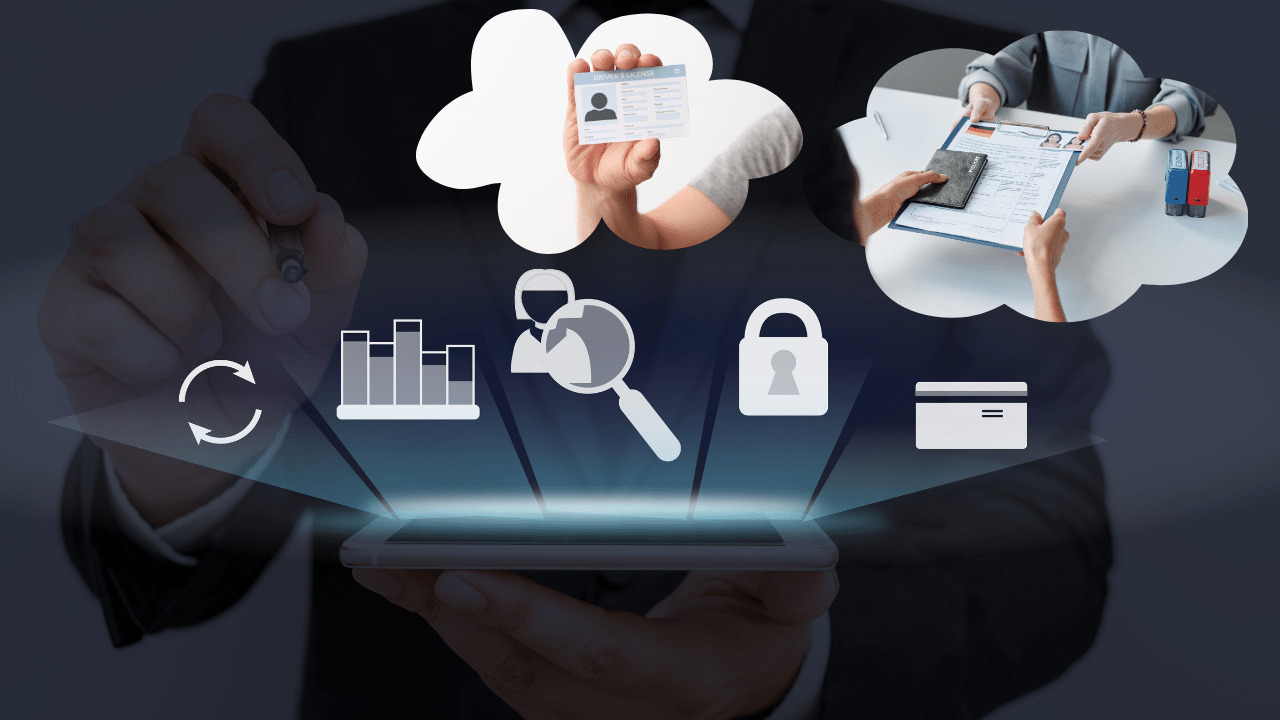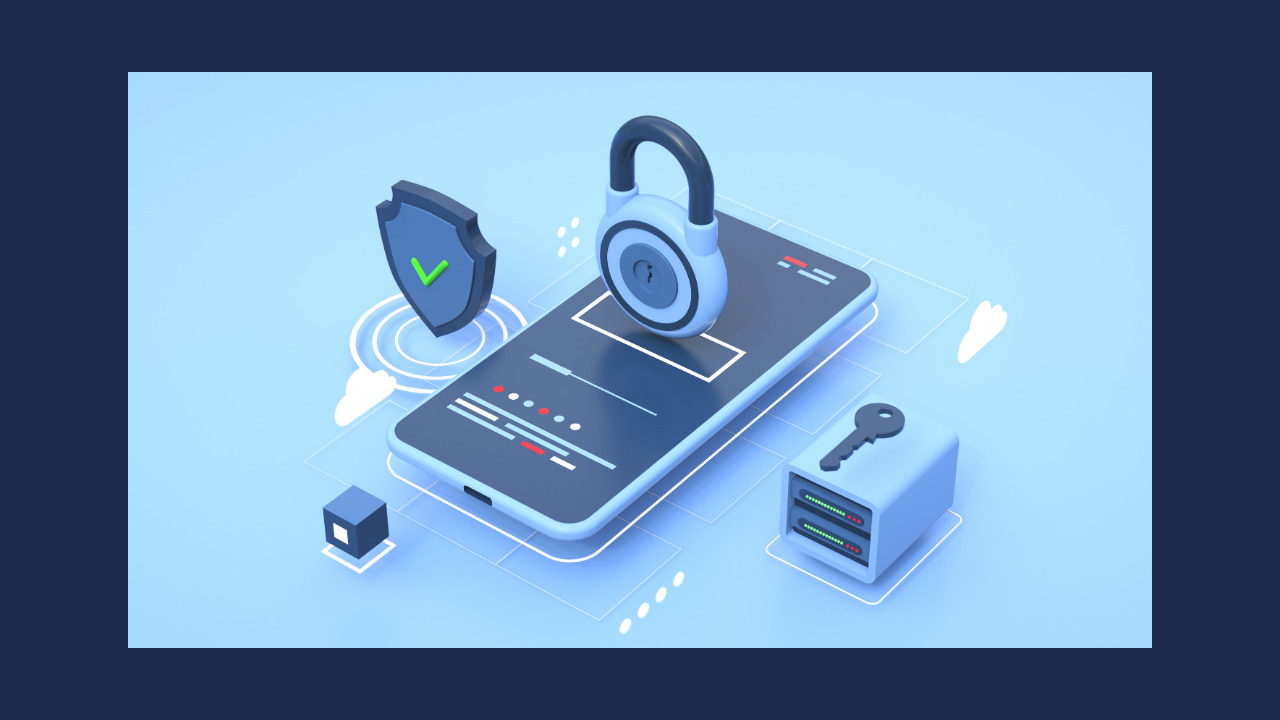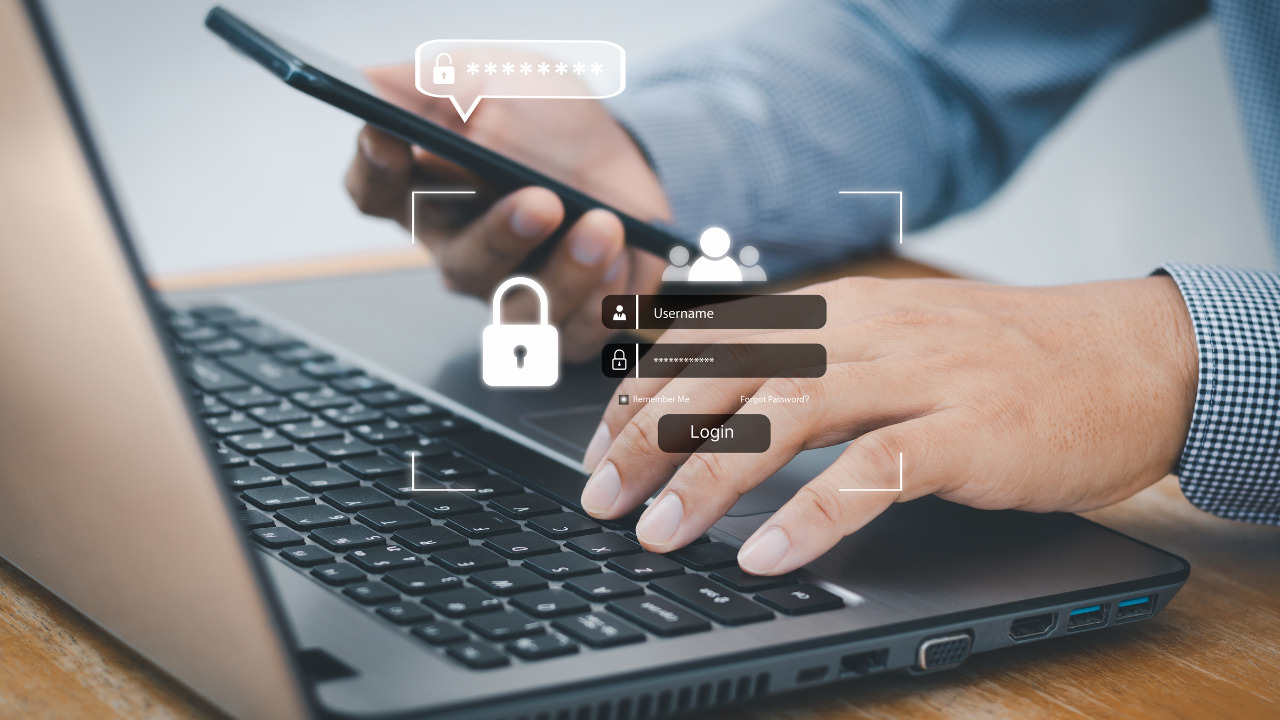Digital Privacy & Biometric Fingerprints: Two Natural Enemies
In the digital age, biometric fingerprint technology is at the forefront in the battle for security. It claims to offer unparalleled convenience and is one of the most unprotected ways to pay and be recognized. Biometric fingerprints, unique to each individual, unlock a world where your identity is the key to everything, from your smartphone to banking services. This surveillance technology simplifies verification processes and ensures that major tech companies and governments can access your personal data and assets with just one touch of your finger.
